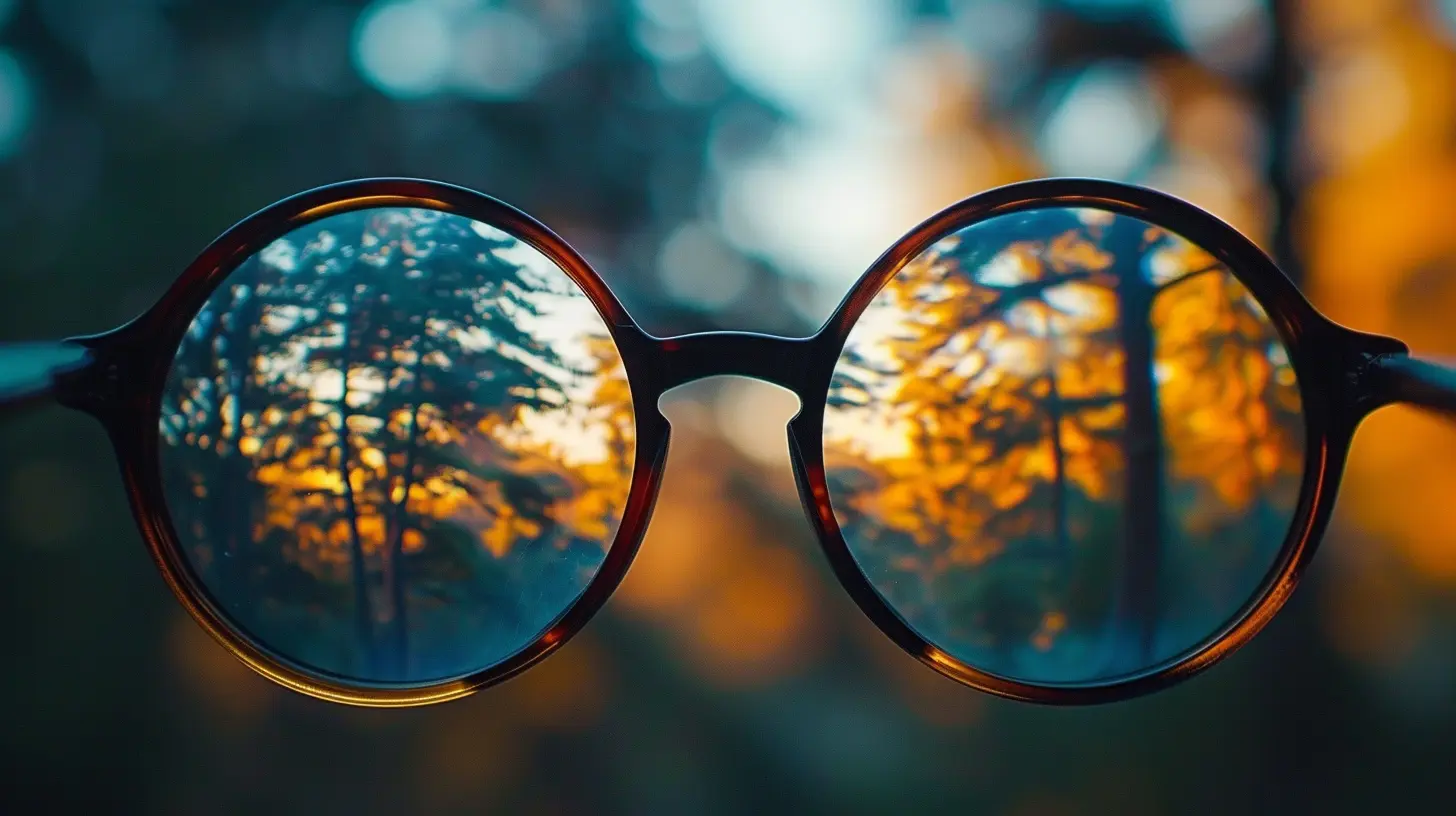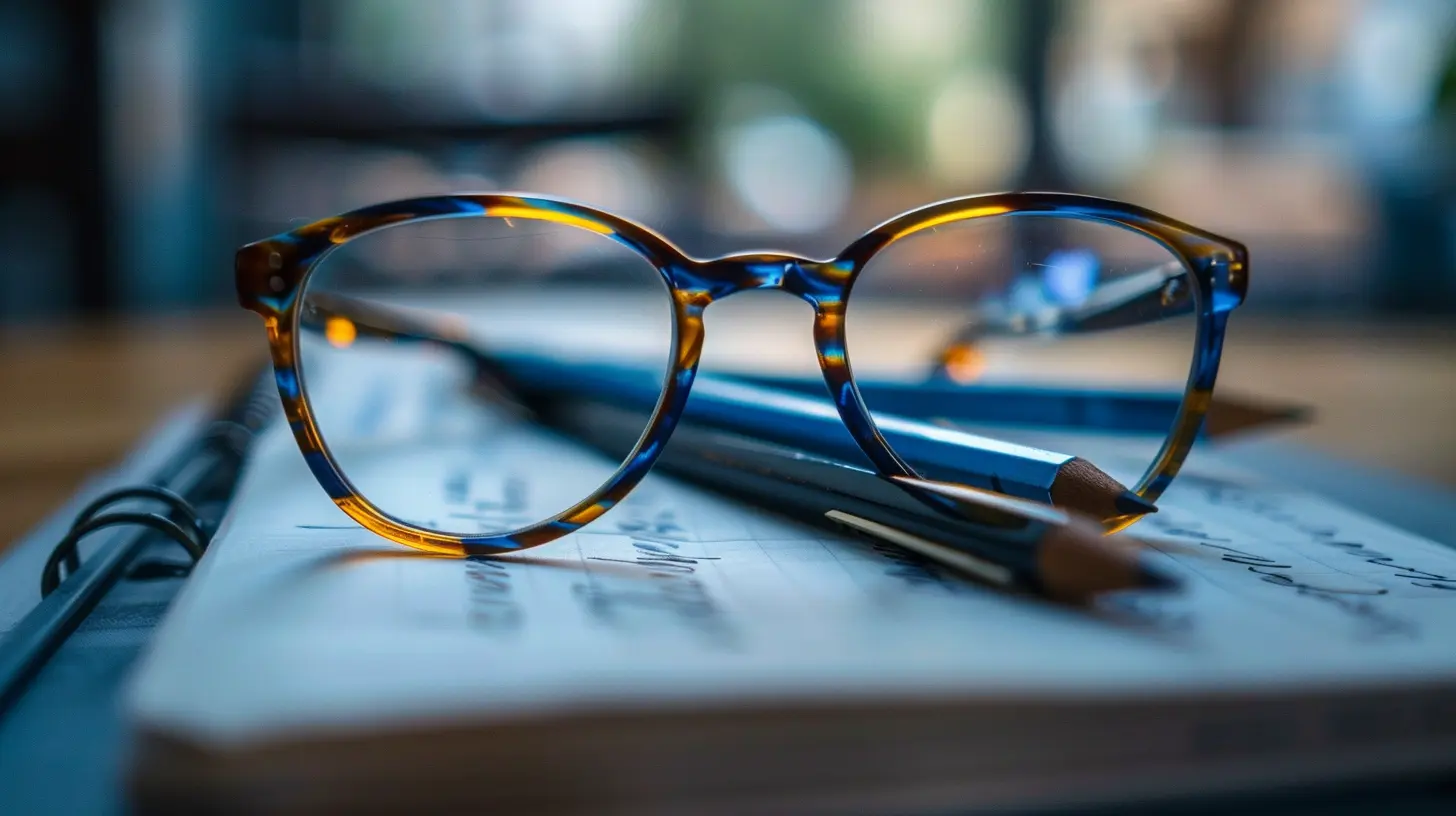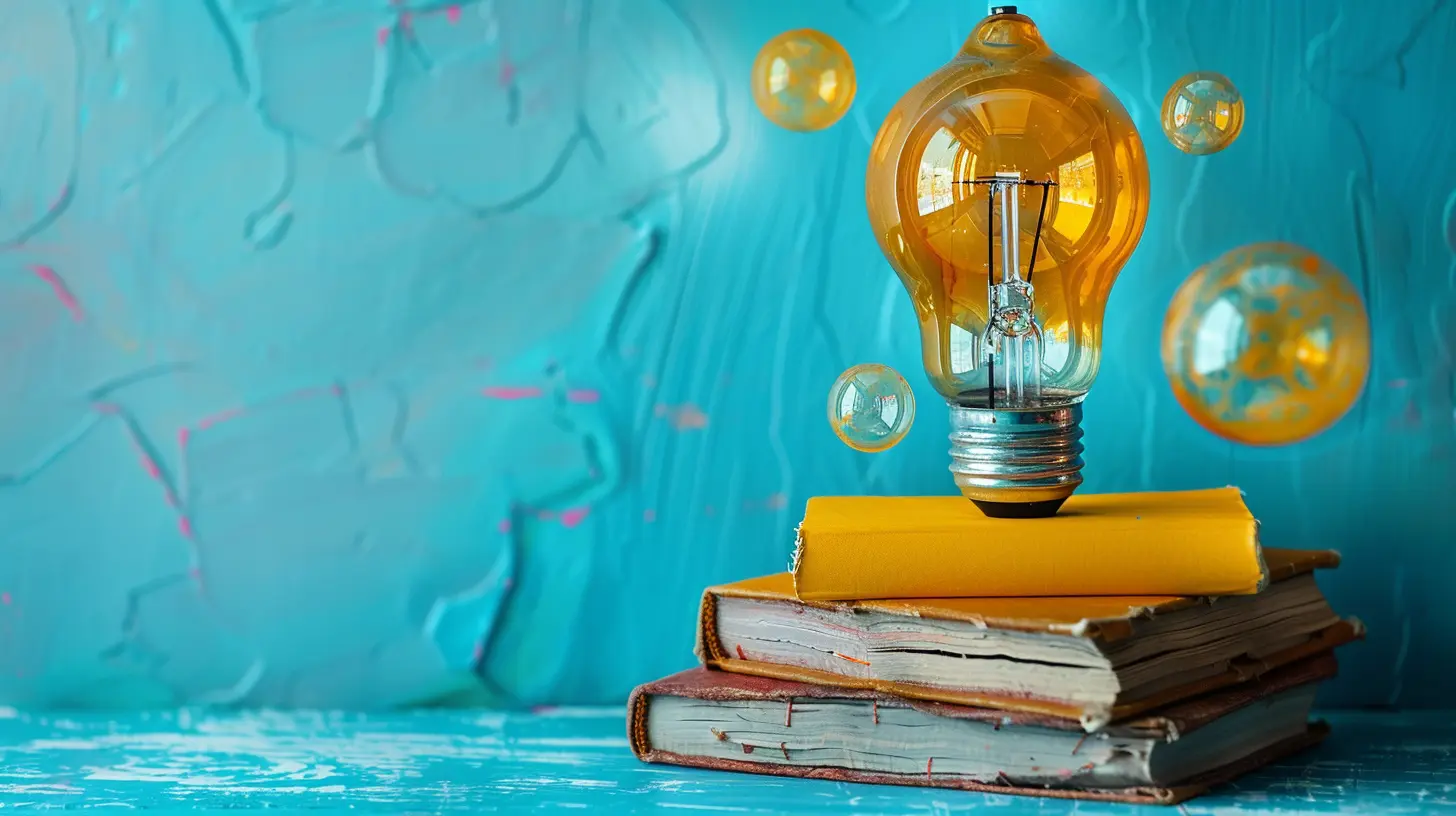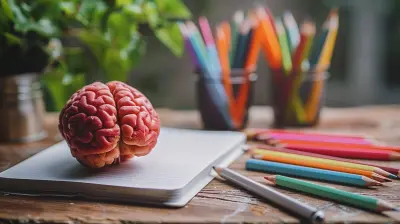How to Use Reflection to Improve Your Study Strategies
15 October 2025
Studying isn't just about grinding long hours—it’s about studying smart. Have you ever crammed a ton of information, only to forget most of it later? Yeah, we've all been there. The problem isn’t the effort; it’s the method. That’s where reflection comes in.
Reflection is like looking in the mirror of your study habits. It helps you understand what’s working, what’s not, and how you can tweak your approach for better results. So, let’s dive into how you can use reflection to level up your study game. 
What Is Reflection in Studying?
Reflection in studying isn’t just thinking about what you studied but analyzing how you studied. It’s about asking yourself:- Did I really absorb the material or just skim through it?
- What study techniques worked best?
- What distracted me the most?
- How can I improve next time?
By actively questioning your methods, you become more self-aware. And trust me, self-awareness is a superpower when it comes to mastering any subject. 
Why Reflection Helps You Study Better
Many students rely on trial and error, but reflection helps you cut the guesswork. Instead of wasting time on ineffective strategies, you refine your approach with every session. Here’s how it benefits you:1. Boosts Self-Awareness
When you reflect, you don’t just study blindly—you understand your learning process. This awareness helps you recognize strengths and weaknesses in your study sessions.2. Improves Retention
Reflection forces you to review how well you remember the material. It’s like organizing your brain’s filing system—sorting out the messy bits and highlighting the important ones.3. Saves Time
Spending hours re-reading your notes isn’t as effective as active recall or practice testing. Reflecting on your study habits helps you identify what actually works, saving you countless wasted hours.4. Reduces Stress
Ever felt overwhelmed before an exam because you didn’t know if you were prepared? Reflection minimizes this by giving you a clear roadmap of what needs improvement.
How to Use Reflection in Your Study Routine
Reflection isn’t complicated, but it requires consistency. Below are practical ways to integrate it into your daily study routine:1. Keep a Study Journal
A study journal is like a gym log—except for your brain. After every study session, jot down:- What you studied
- What techniques you used
- What worked well
- What didn’t work
- What you’ll do differently next time
This simple habit helps you track progress and fine-tune your strategies over time.
2. Use the “Three-Question” Method
At the end of each study session, ask yourself these three simple questions:1. What did I learn today? – Summarizing it in your own words strengthens recall.
2. What challenges did I face? – Identifying difficulties helps you tackle weak spots.
3. How can I improve for next time? – This ensures constant growth instead of stagnation.
3. Try Self-Assessment Techniques
Test yourself regularly! Reflection isn’t just passive thinking—it’s active improvement. Here are some self-assessment techniques:- Teach it to someone else. If you can explain it clearly, you truly understand it.
- Use flashcards. Identify which cards you struggle with and focus on those.
- Take practice tests. They reveal problem areas before the actual exam.
4. Set Study Goals and Review Them
Goals keep you on track. But don’t just set them—review them regularly. Ask:- Am I meeting my goals?
- Do I need to adjust my strategy?
- Am I making progress or just going through the motions?
Reflection helps you make data-driven adjustments instead of blindly sticking to ineffective habits.
5. Reflect with a Study Buddy
Two minds are better than one! Find a study partner and reflect together. Discuss:- What methods worked for each of you
- Common struggles
- Fresh strategies to try
Sometimes, seeing things from another perspective sparks new insights.
6. Use the “Stop, Start, Continue” Method
A powerful reflection exercise is the Stop, Start, Continue method:- Stop what isn’t working (e.g., passive reading, distractions)
- Start using better techniques (e.g., active recall, concept mapping)
- Continue what’s effective (e.g., summarizing notes, reviewing flashcards)
This structured approach makes improvement crystal clear. 
Common Mistakes Students Make (And How Reflection Fixes Them)
Even with good intentions, many students fall into the same traps. Reflection can help spot and correct these errors:1. Studying Without a Plan
- Mistake: Studying aimlessly without clear goals.- Fix: Reflection helps in setting specific objectives before each study session.
2. Passive Studying (Just Reading Notes)
- Mistake: Relying solely on re-reading, which is ineffective for retention.- Fix: Through reflection, you’ll realize active recall works better.
3. Ignoring Weak Areas
- Mistake: Avoiding difficult topics instead of tackling them.- Fix: Reflection forces you to confront weaknesses and work on them.
4. Multitasking While Studying
- Mistake: Watching Netflix while “studying.” (Spoiler: You’re not actually studying.)- Fix: Reflection helps you notice distractions and cut them out.
5. Studying Too Much Without Breaks
- Mistake: Thinking longer sessions = better learning. (Not always true!)- Fix: Reflection makes you realize that quality > quantity, encouraging the use of techniques like the Pomodoro Method.
Final Thoughts: Reflection = Smarter Studying
Studying without reflection is like driving with your eyes closed—you might reach your destination, but it’ll be chaotic and unpredictable. Reflection gives clarity, strategy, and direction to your study routine.So, start analyzing your study habits today! Whether it’s journaling, self-assessment, or just asking yourself three simple questions—every little change counts. The more you reflect, the more efficient and confident you’ll become in your learning journey.
Remember, it’s not about how much you study—it’s about how well you study.
all images in this post were generated using AI tools
Category:
Student SuccessAuthor:

Bethany Hudson
Discussion
rate this article
1 comments
Kason McVaney
This article is a fantastic read! Reflection is such a powerful tool for enhancing study habits. By taking the time to assess what works and what doesn’t, we can tailor our strategies for better results. Can't wait to implement these ideas!
October 22, 2025 at 3:51 AM

Bethany Hudson
Thank you for your kind words! I'm glad you found the article helpful and are excited to implement the ideas. Happy studying!


